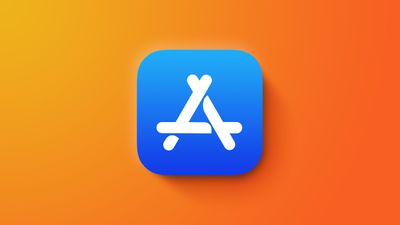Apple's costly Detroit-based Developer Academy program relies heavily on taxpayer funding while delivering mixed job outcomes, according to WIRED.

The Apple Developer Academy in Detroit launched in 2021 in partnership with Michigan State University. The tuition-free program offers a 10-month course focused on building apps for Apple platforms, providing students with MacBooks, iPhones, mentorship, and monthly stipends intended to cover living costs. The academy has welcomed over 1,700 students since 2021, with about 600 completing the 10-month program.
An investigation by WIRED found that nearly $30 million has been spent on the academy over four years, equating to roughly $20,000 per student. Previously undisclosed records show Apple contributed about $11.6 million, while more than $8.5 million came directly or indirectly from Michigan taxpayers, including state funding used to provide student stipends. Additional funding was supplied by private philanthropy, including the Gilbert Family Foundation.
Academy officials told WIRED that about 71% of graduates from the past two years moved into full-time employment across various industries, a figure broadly in line with many coding boot camps but below outcomes reported by some traditional computer science degree programs. Apple and the university declined to release detailed graduate employment data, despite requirements from one funder that such data be collected.
Student experiences have varied. Some graduates credited the academy with exposing them to technology careers and building confidence, while others said the Apple-centric curriculum and limited stipends left them struggling financially and unprepared for the broader job market. One former student told WIRED that many participants relied on food assistance, while another said recent stipend reductions forced students to juggle multiple side jobs.
A senior director at Apple who oversees the Detroit program and 17 other Apple Developer Academies worldwide, said increasing student financial support is a continuing priority and that the academy is designed to build broadly applicable skills such as teamwork, research, and technology literacy rather than train students for a single job outcome. The academy takes credit for 62 apps and 13 businesses.
He added that the curriculum is frequently adjusted in response to student demand and technological change, noting that workshops were added when students expressed interest in developing apps for the Apple Vision Pro and Apple TV, and that generative AI tools are now incorporated into coursework, provided students can fully explain the code they produce, with alumni also able to access ongoing virtual instruction focused on AI.
Note: Due to the political or social nature of the discussion regarding this topic, the discussion thread is located in our Political News forum. All forum members and site visitors are welcome to read and follow the thread, but posting is limited to forum members with at least 100 posts.






































